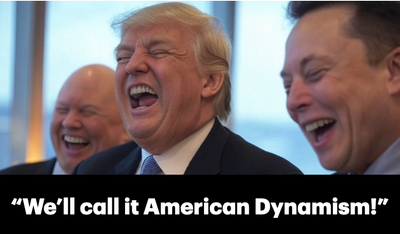A Constructive Critique of Time Dislocation Theory in Venture Capital
This isn't a cyclical downturn to be waited out - mounting evidence suggests we're witnessing the death of a funding model that can no longer sustain its own mathematics, creating space for new approaches better adapted to funding next-generation innovation.

This post is for subscribers only
Subscribe to continue reading






